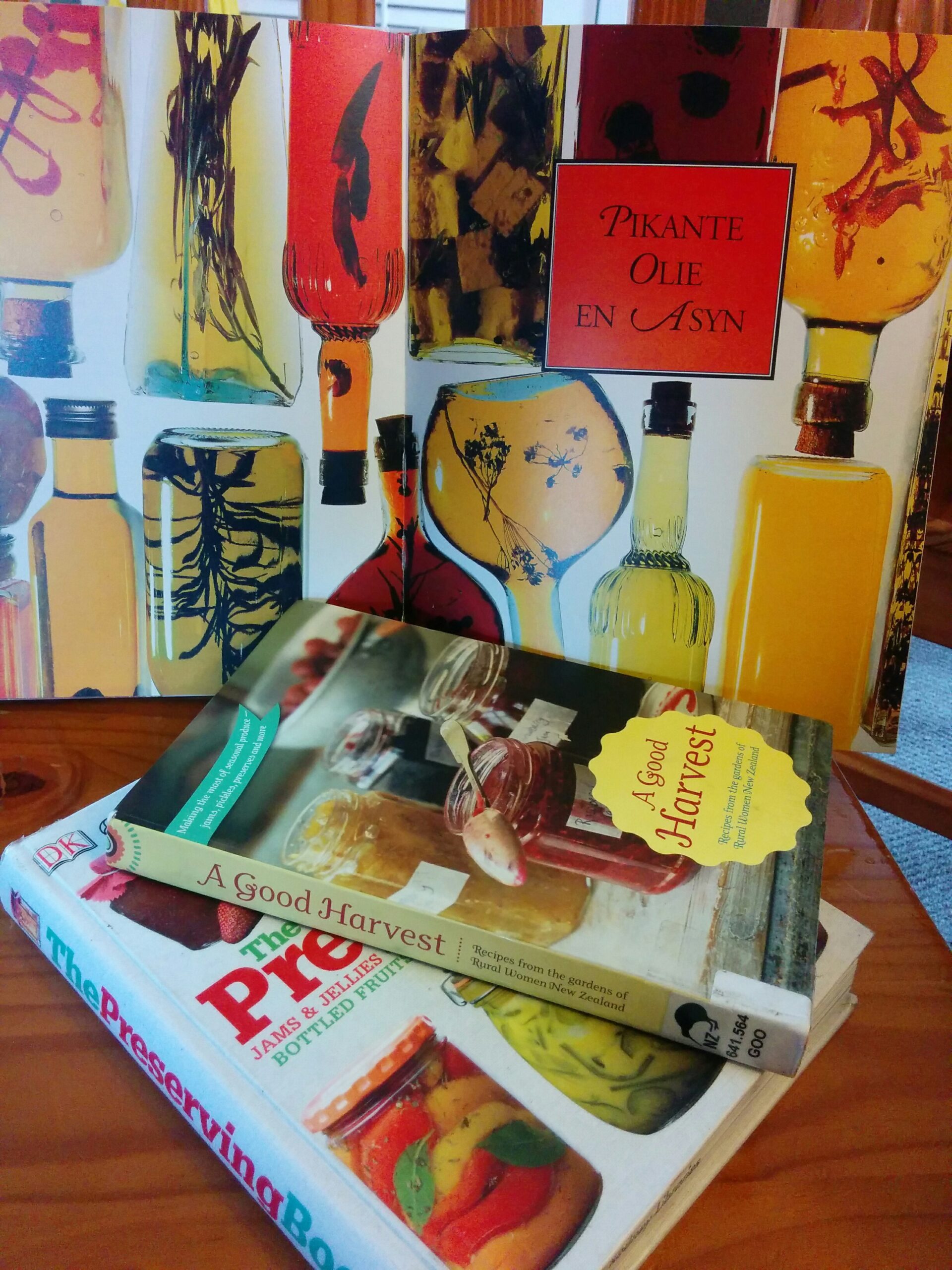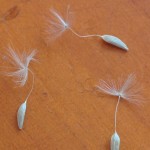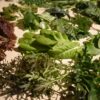Notoriously the hottest summer month, and also one of the driest months, February can be challenging in the garden. Besides the weather, it is also a time of plants maturing, with many annual and biennial herbs going to flower and seed. This bolting may make the garden look scraggly and unkempt, but to the avid seed saver, the ripening seeds are as precious as the main fruit crops (of which there are still many to harvest!) from the garden.
Continue to harvest as you did in January – February is easily the most productive harvesting time, with so many crops ripening seemingly all at once. There are still buckets of beans and tomatoes in the garden, chillies and capsicums are ripening daily, as are eggplants, zucchini and cucumbers. Pumpkins, squashes and melons as well as corn should be ready to be picked during February too. Besides the yummy fresh vegetables, quite a few fruits and berries are ready to be enjoyed too!

With such a glut from the garden, it is a good time to look at recipes for preserving your bounty. There are amazing family recipes passed on from generation to generation, and really exciting new-fangled recipes from daring modern chefs. Dehydrate, freeze, dry or make pickles, chutneys, sauces, jams & jellies to bring a bit of summer back into the coming winter months (they make fantastic gifts too!). e in full production now too, so enjoy them before the birds get them! Protect with netting, and continue to water and feed well. Cut back summer fruiting red raspberry canes to ground level after harvesting – leaving just one or two of the strongest new season canes and stake them.
Some plants may need a bit of help in pollination – if you find a lot of blossom drop, or undeveloped fruit yellowing and dropping, you can increase fruit set by hand pollinating pumpkins, squashes, eggplants and cucumbers. Simply take a soft-tipped (clean) paintbrush and softly brush the center of one flower and repeat in the center of another.
Seed saving is a hot topic for February too. Seeds can be saved from most of your homegrown produce to grow again next year – tomatoes, beans, peas, pumpkins, capsicums and most herbs and flowers too. Some herbs have a special use for their seeds as spices – and seed saving becomes a crop harvest too- coriander, dill, fennel, cumin, nigella, and parsley being good examples. Remember that some plants naturally hybridize easily (cross pollination from two different species or cultivars in the same species) and if you grow plants from the saved seeds of such a cross, your resulting plant may not resemble either of the parents. This can be quite exciting, or really unwished for… For more seed saving tips see posts tagged as “Seed Saving”.
Flowering and fruiting plants can benefit from some added Epsom Salts for a magnesium boost, and in general, all producing plants will require a good weekly feed – make your own seaweed or compost tea, or use a trusted brand such as Seasol.
Practice vigilant pest control – with a bounty of produce comes a bounty of pests too – so keep checking and managing common garden pests such as white butterflies, aphids, green shield bugs, and powdery mildew. Try to use ecologically friendly pest management where you can – use companion plants, introduce natural predators, manually pick off and squish to control numbers, or use homemade natural sprays (apply at dusk when fewer bees can be affected).
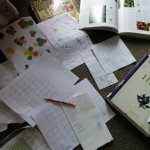 Plan your autumn and winter garden now – as a rule, if you are new to gardening, try to think of what your family eats a lot of, and plan to plant those first – and if you have space left, add one or two interesting and new crops. Personally I use a combination of the following basics to plan my small space raised bed vegetable garden:
Plan your autumn and winter garden now – as a rule, if you are new to gardening, try to think of what your family eats a lot of, and plan to plant those first – and if you have space left, add one or two interesting and new crops. Personally I use a combination of the following basics to plan my small space raised bed vegetable garden:
- What can be sown/planted now (e.g. it is a good time in Feb to start brassicas, but probably too late to start a new crop of tomatoes)
- Where can they be planted
- Crop rotation (e.g. follow nitrogen enriching beans with heavy feeding cabbage)
- Companion plant consideration (e.g. cabbages like dill and marjoram)
- How many to plant
- How much does a family of four need (e.g. 5 cabbage plants)
- How much can I plant in a square foot (e.g. 1 cabbage per square foot (roughly square 30cm))
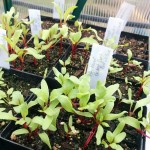 Sow and plant almost any brassica (cabbage family) crop now – broccoli, broccolini, cabbages, cauliflower, kale, kohl rabi etc. Underground crops such as beetroot, carrots, parsnips, celeriac, leeks, bunching onions and radishes can also be done now. New plantings of pod vegetables can go in too – beans, broad beans and peas. Continue to sow and plant leafy vegetables such as silverbeet, spinach, pak choi, lettuces (including leaf mustards and mesclun) and rocket every few weeks for a continuous supply. Celery can be sown in February. You could even try for another zucchini crop (only in the really warm areas)! Herbs such as chervil, dill, coriander, fennel and parsley will do well sown or planted now, and if you have a glasshouse, or live in a warm area, new basil can be sown too.
Sow and plant almost any brassica (cabbage family) crop now – broccoli, broccolini, cabbages, cauliflower, kale, kohl rabi etc. Underground crops such as beetroot, carrots, parsnips, celeriac, leeks, bunching onions and radishes can also be done now. New plantings of pod vegetables can go in too – beans, broad beans and peas. Continue to sow and plant leafy vegetables such as silverbeet, spinach, pak choi, lettuces (including leaf mustards and mesclun) and rocket every few weeks for a continuous supply. Celery can be sown in February. You could even try for another zucchini crop (only in the really warm areas)! Herbs such as chervil, dill, coriander, fennel and parsley will do well sown or planted now, and if you have a glasshouse, or live in a warm area, new basil can be sown too.
For flowers, try growing a few edible flowers (calendula and pansy/viola), or flowers that are specifically good to bring bees and other pollinators (e.g. phacelia and poppies). Remember that spring flowering bulbs will soon be available in stores, so if you like ranunculus, daffodils, tulips and freesias, keep a spot open to set out your bulbs.
Ongoing tasks such as watering, weeding, mulching and feeding should be kept up throughout the rest of summer.

